

Monuments like towers, amphitheatres, and opera houses are some of the most iconic structures in the world. They not only serve architectural, cultural, or functional purposes but also carry deep historical, social, and artistic significance. These structures are often the product of advanced engineering, craftsmanship, and visionary planning. In this article, we will explore various famous examples of towers, amphitheatres, and opera houses around the world, highlighting their importance and unique characteristics.
Towers are tall, vertical structures that serve various purposes, including communication, observation, defense, and religious or cultural significance. They can be standalone or part of larger architectural complexes. Towers are often landmarks due to their height, distinctive design, and symbolic importance in cities or regions.




An amphitheatre is an open-air venue with a circular or oval design, typically used for public events such as gladiatorial contests, theatre performances, and sporting events. The design of amphitheatres is meant to provide excellent acoustics and visibility for large audiences, and many of these structures have stood the test of time, becoming important historical and cultural landmarks.
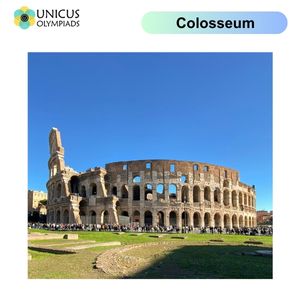
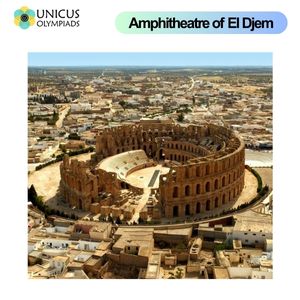
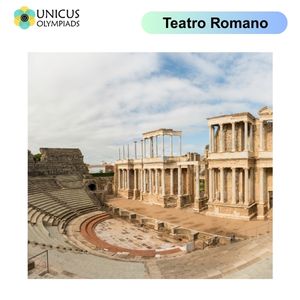
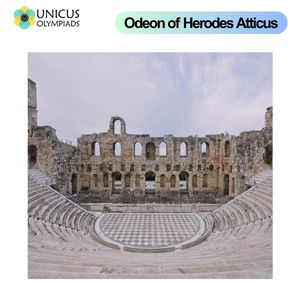
Opera houses are theatres designed specifically for the performance of opera, a form of art that combines music, drama, and singing. Opera houses are often grand, elaborate structures with intricate acoustics and elaborate stage designs. They are cultural hubs, attracting audiences for performances that showcase artistic excellence in both music and performance.
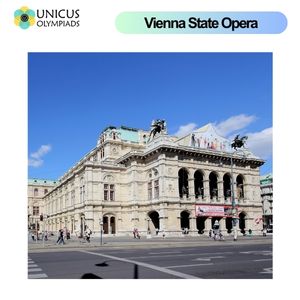
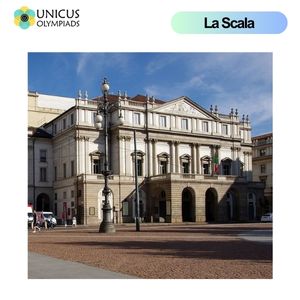

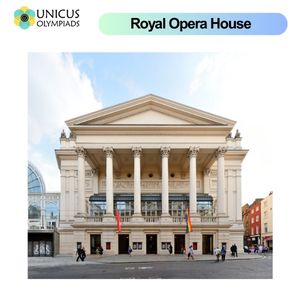
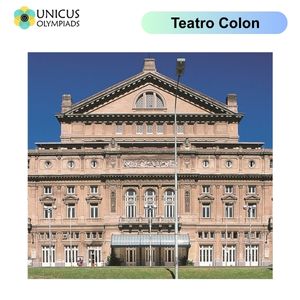
Towers, amphitheatres, and opera houses are protected primarily due to their historical and cultural significance. These structures represent important achievements in engineering, architecture, and the arts. They are often central to the identity of the cities or regions in which they are located, serving as landmarks that connect modern-day society with its cultural heritage.
These monuments often reflect the architectural and engineering advancements of their time. The design and construction of towers like the Eiffel Tower, amphitheatres like the Colosseum, and opera houses like La Scala demonstrate incredible skill and craftsmanship. Their preservation ensures that future generations can appreciate these remarkable achievements.
Many of these monuments attract millions of visitors every year, contributing significantly to the local and national economy through tourism. Their preservation allows for continued tourism, providing jobs, promoting cultural exchange, and generating revenue. Managing tourism responsibly ensures the sustainability of these sites for future generations.
International organizations such as UNESCO work to protect and preserve monuments like these by granting them World Heritage status, providing funding for restoration, and raising awareness about their cultural value. Conservation efforts often involve local governments, conservationists, and communities who work together to maintain these sites while balancing the needs of tourism and urban development.